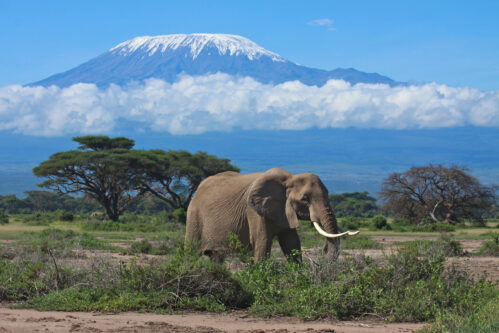
Climbing Kilimanjaro in September is an experience that’s both rewarding and challenging. With its vast mountain ranges, changing climates, and unpredictable weather conditions, it can be difficult to prepare for a climb of this magnitude. But if you plan ahead and take the necessary precautions, summiting Kilimanjaro can be a truly unforgettable experience. In this blog post, we will explore what it’s like to climb Mount Kilimanjaro in September from the perspective of weather, climate, environment, and temperatures.
Weather on Mount Kilimanjaro is notoriously unpredictable; even in September when days are typically sunny with light winds. However sudden storms can occur without warning so visitors should always come prepared with rain gear just in case! Temperatures vary depending on altitude; while daytime highs at lower elevations may reach up to 25°C (77°F), nights near the summit may drop as low as -15°C (5°F). This means that proper insulation is essential for any successful climb – especially during overnight stays near the peak of the mountain!
The climate of Kilimanjaro is divided into five distinct zones. The lower slopes are characterized by a warm subtropical climate with lush forests and savannas, while the upper reaches of the mountain contain alpine meadows, glaciers, and snowfields. As you ascend further up the mountain, temperatures drop and oxygen levels decrease; visitors should take this into account when planning their climb so that they can prepare for possible altitude sickness.
Kilimanjaro’s environment is incredibly diverse; from its varied ecosystems to its unique species like Colobus Monkeys and African Civets. September is an excellent time for wildlife spotting since animals tend to be more active during drier months. However, visitors should always remain mindful of their surroundings and avoid disturbing any wildlife they may come across during their trek.
Overall, summiting Kilimanjaro in September can be an incredibly rewarding experience; the views of Africa’s highest peak are breathtaking and the unique climate and environment make for some unforgettable memories. By taking into account weather, climate, environment, and temperatures before embarking on a climb, visitors can ensure that their journey to the summit is both enjoyable and safe.
Happy climbing!